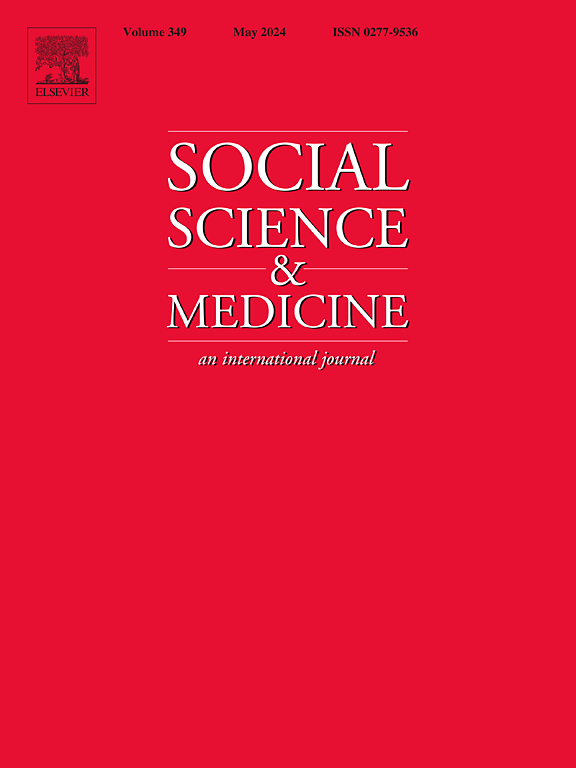Associations of parental internal migration with child growth and nutritional status in low- and middle-income countries: A systematic review
IF 4.9
2区 医学
Q1 PUBLIC, ENVIRONMENTAL & OCCUPATIONAL HEALTH
引用次数: 0
Abstract
Five to 50% of people in low- and middle-income countries (LMICs) report having ever migrated internally. Studies suggest internal (within-country) migration may influence health within and across generations. This review aims to collate evidence of associations of parental internal migration and child growth and nutritional status in LMICs.
Observational studies of children with parents who had migrated internally within their resident country, with a non-migrant reference group and outcomes relating to child growth and nutritional status were eligible. Full research articles in peer-reviewed journals from 2000 onwards were included, with no country/setting/language restrictions. The search was conducted in June 2024 in Embase/Global Health/MEDLINE, WoS, Proquest Central, Global Index Medicus, and Google Scholar using relevant keywords. The Newcastle-Ottawa Scale assessed risk of bias. The protocol was registered on PROSPERO (CRD42023423895).
Twelve studies were identified from China, India, Mexico, Peru, Tanzania, South Africa, and Turkey, most of which focussed on early childhood, and all but one found associations. Of studies comparing rural-urban migrants to rural non-migrants (n=5), migration was associated with reduced risk of child undernutrition and improved linear growth, particularly for children born at urban destination, but also increased weight growth and overweight. In comparison to urban non-migrants (n=11), findings were mixed and showed children of rural-urban migrants had greater/similar levels of undernutrition and poorer growth or greater levels of overweight in early life but better linear growth in late childhood/adolescence.
This review identifies internal migration as a determinant of child health in LMICs and thus suggests it should be considered when designing policies and interventions to improve child health.
求助全文
约1分钟内获得全文
求助全文
来源期刊

Social Science & Medicine
PUBLIC, ENVIRONMENTAL & OCCUPATIONAL HEALTH-
CiteScore
9.10
自引率
5.60%
发文量
762
审稿时长
38 days
期刊介绍:
Social Science & Medicine provides an international and interdisciplinary forum for the dissemination of social science research on health. We publish original research articles (both empirical and theoretical), reviews, position papers and commentaries on health issues, to inform current research, policy and practice in all areas of common interest to social scientists, health practitioners, and policy makers. The journal publishes material relevant to any aspect of health from a wide range of social science disciplines (anthropology, economics, epidemiology, geography, policy, psychology, and sociology), and material relevant to the social sciences from any of the professions concerned with physical and mental health, health care, clinical practice, and health policy and organization. We encourage material which is of general interest to an international readership.
 求助内容:
求助内容: 应助结果提醒方式:
应助结果提醒方式:


